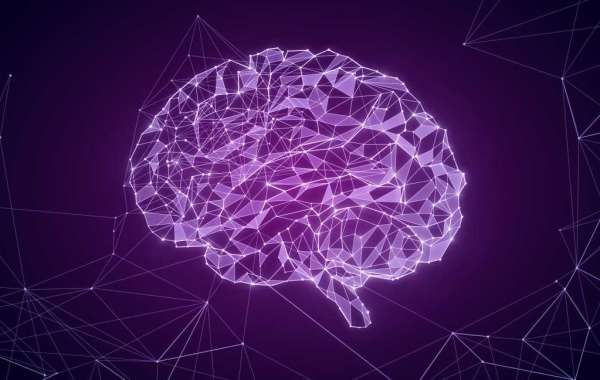
What Are How Neurotherapy Work?
Neurotherapy is a type of therapy that aims to change brain states to treat issues like fatigue, anxiety, brain fog, and depression. The term encompasses neurofeedback and biofeedback. Herein, both of them intend to retrain the brain through exercise, either to develop new skills or to improve brain fitness and performance. However, brain stimulation techniques such as audio-visual entrainment (AVE or AVS), transcranial direct current stimulation (tDCS), and cranial electro-stimulation are included in Neurotherapy (CES).
Typically, Neurotherapy is based on the idea that our physiological performance, especially in the brain and nervous system, reflects how we feel, think, and act. When the brain becomes trapped in maladaptive states and patterns, issues like anxiety and depression arise. These ineffective patterns are frequently learned. For example, you have trained yourself to become anxious and panicked when boarding a crowded train or bus. Neurotherapy allows for new learning and the formation of new brain pathways that are more beneficial to us.
Now, because Neurotherapy is connected to learning, the improvements it causes are long-lasting, and it is relatively safe and modestly invasive.
How Does Neurotherapy Work
Neurotherapy works by stimulating neuroplastic change, or changes in the structure and/or function of brain cells. Typically, neuroplastic change entails "rewiring" neurons in some way. Internal or external factors can influence this change. In other terms, the trigger driver can be present within the brain itself or can come from some stimulus present in the exterior of the brain. Typically, Neurotherapy works in 5 ways.
1) Cellular Healing in General
The first step in the recovery of general cellular function in both neurons and glia in cases of, for instance, traumatic brain injury or toxic insult (e.g. heavy metal toxicity) is to restore general cellular function in both neurons and glia (which are support cells in the brain).
2) Neuro-stimulation
It is a term that refers to the stimulation of the nervous system. Experts believe that some sort of stimulus is required to reactivate brain circuits that have become dormant. They use low-intensity laser light (soft Lazer or cold laser) and intentional thinking and behavior. (i.e. internally-driven neuroplastic change).
3) Modulation Of The Nervous System
The brain can control how it works by balancing excitation and inhibition. This is described by Dr. Doidge as "quietening a noisy brain" and "improving the signal-to-noise ratio."
4) Relaxation Of The Nervous System
Sleep deprivation is detrimental to brain healing because it is recognized that the brain undergoes a cellular clean-up procedure during deep sleep.
5) Learning and Neuro-differentiation
The brain has recovered enough to begin relearning lost functions. As Dr. Doidge illustrated in his first book, "The Brain That Changes Itself," any learning process involves neuroplastic change.




